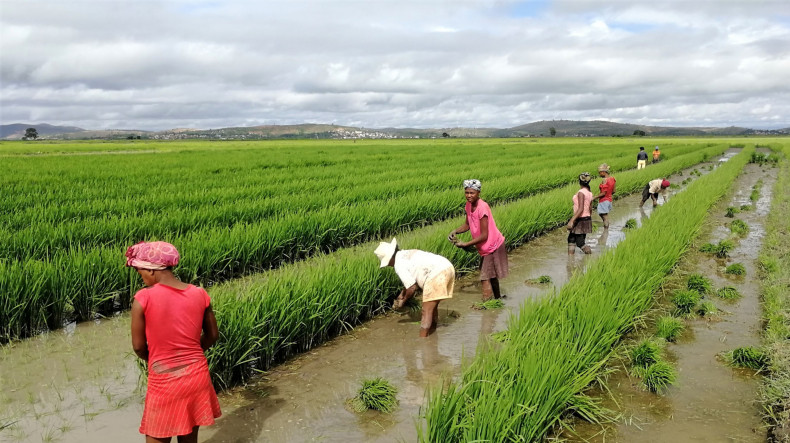
Global food prices broadly stable in October, FAO says
The benchmark for world food commodity prices was broadly stable in October, with rising cereal prices more than offset by declines in quotations for other staples, the Food and Agriculture Organization of the United Nations (FAO) reported Friday.
The FAO Food Price Index, which tracks monthly changes in the international prices of a basket of commonly traded food commodities, averaged 135.9 points during the month of October, negligibly below its level in September. With the latest update, the index stood 14.9 percent down from its all-time high recorded in March 2022, while it remained 2.0 percent above its level in October 2021.
The FAO Cereal Price Index increased 3.0 percent during the month. World wheat prices rose by 3.2 percent, mostly reflecting uncertainties related to the Black Sea Grain Initiative and also a downward revision for supplies in the United States of America. International prices of coarse grains increased by 3.5 percent from September, with maize prices rising even more due to lower production prospects in the United States of America and the European Union, along with dry planting conditions in Argentina and uncertainty about exports from Ukraine. International rice prices increased by 1.0 percent.
The FAO Vegetable Oil Price Index declined by 1.6 percent in October and stood nearly 20 percent below its year-earlier level. Rising international quotations for sunflower seed oil were more than offset by lower world prices of palm, soy and rapeseed oils.
The FAO Dairy Price Index dropped by 1.7 percent, with the prices of all dairy products covered down since September. Lower than anticipated purchases by China, lacklustre import demand and the weakening of the Euro against the United States dollar underpinned the drop in October.
The FAO Meat Price Index was down 1.4 percent in October compared to September, with international ovine, pig, bovine and poultry meat prices all declining on broadly subdued global import demand and increasing exportable supplies.
The FAO Sugar Price Index declined 0.6 percent, bolstered by improved production prospects in India. Factors such as rains hampering harvest progress in Brazil, strong import demand from Indonesia and China, and higher ethanol price quotations in Brazil, limited the month-on-month price decline for sugar.
Newsfeed
Videos






























